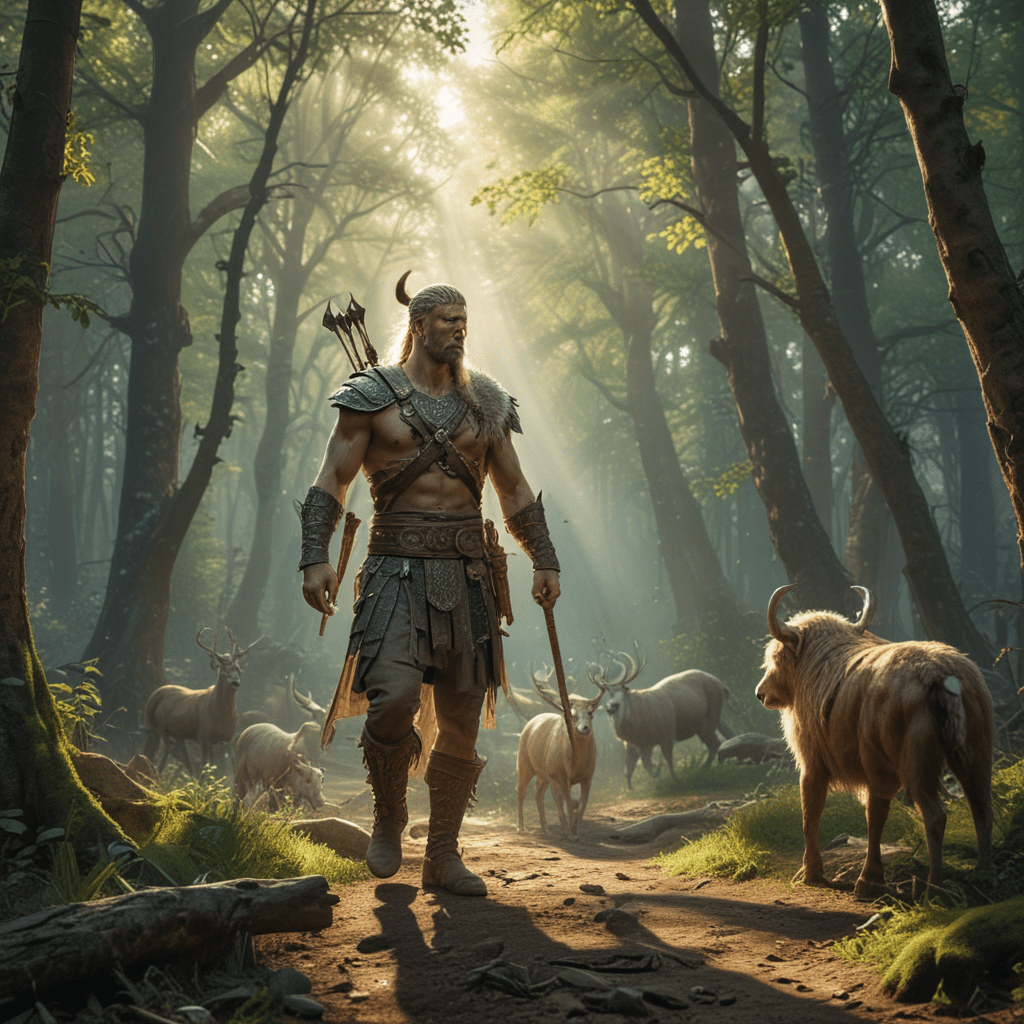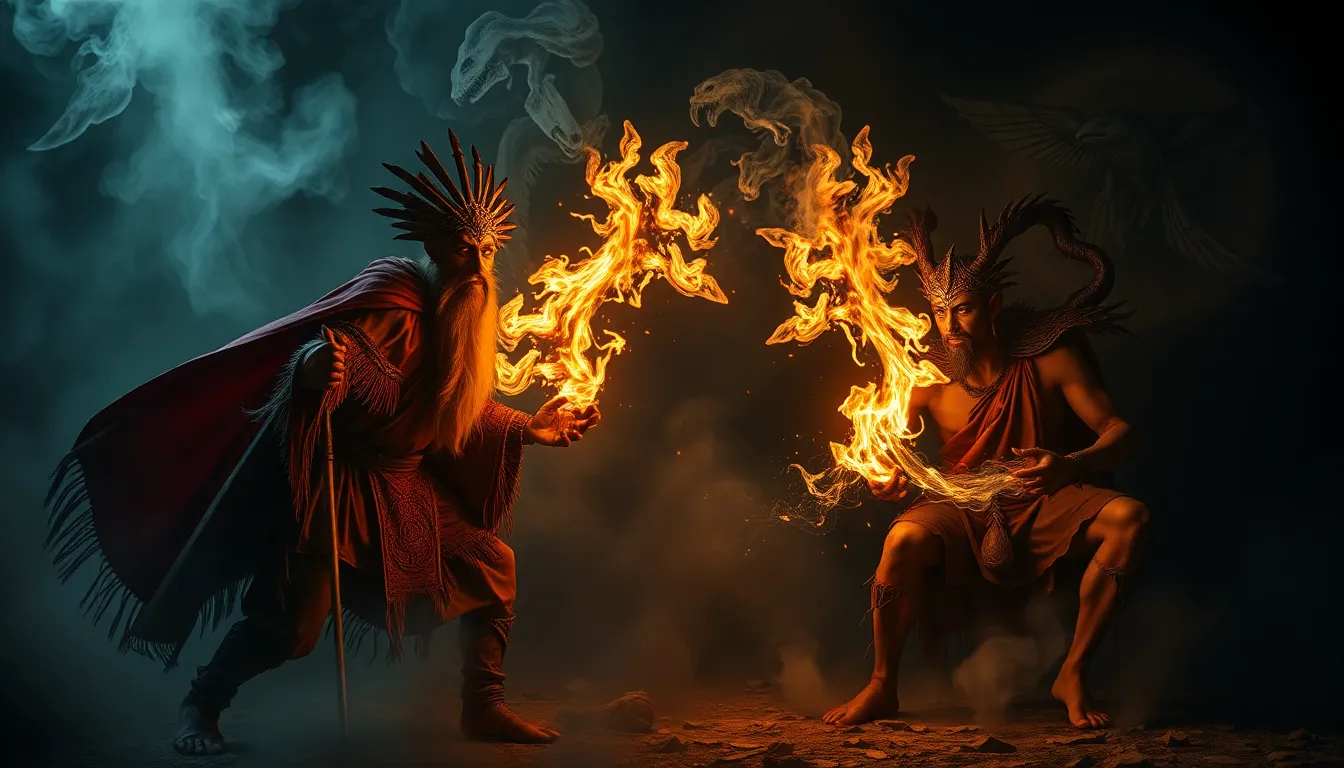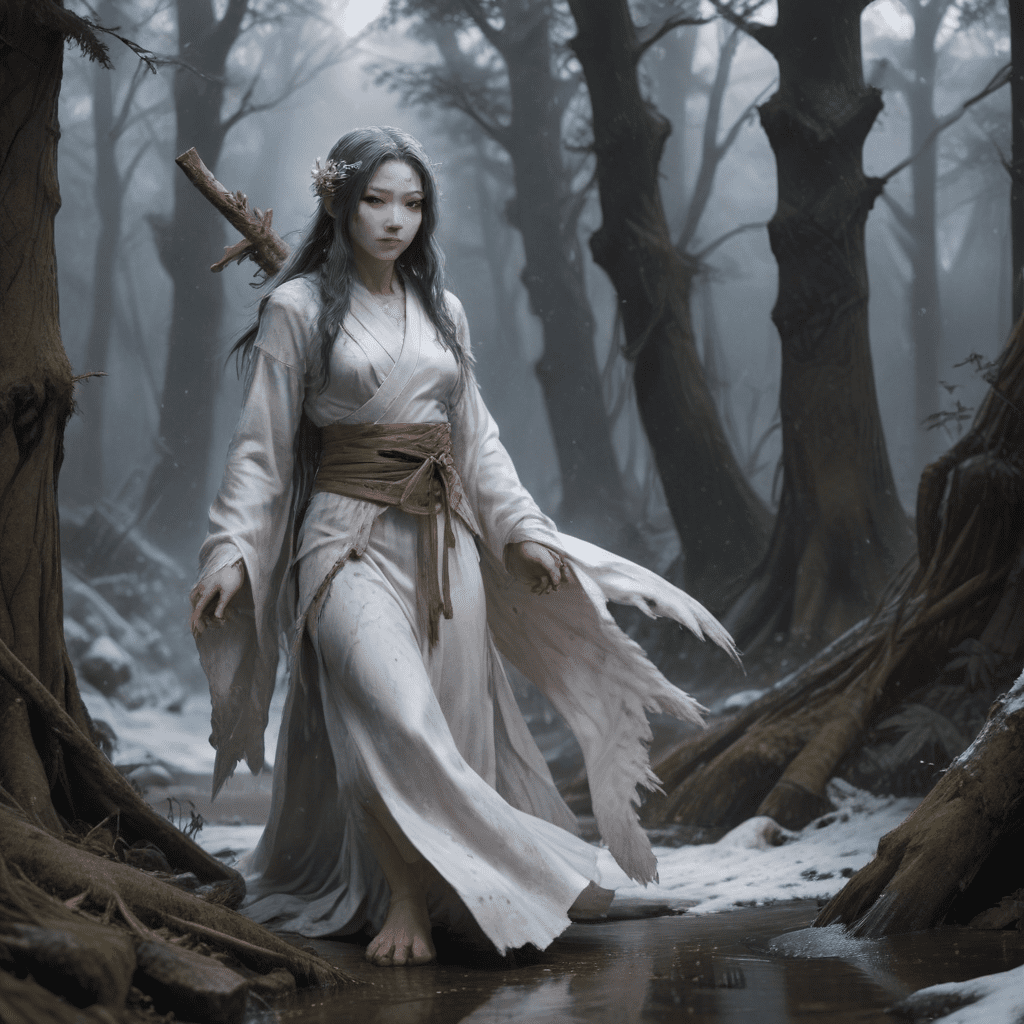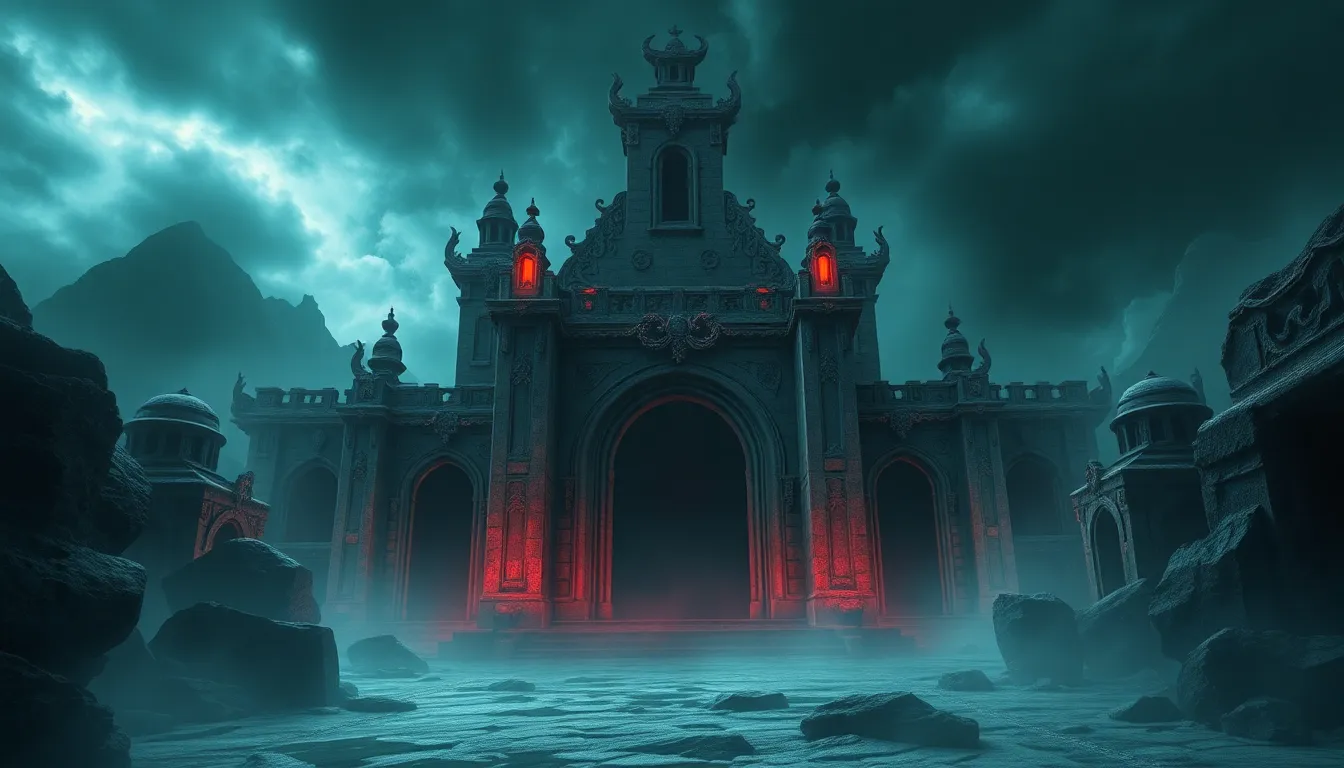Slavic Mythology: Tales of Survival and Adaptation
Introduction: The Slavic World and Its Folklore
Across the vast landscapes of Eastern Europe, nestled amidst rolling hills, sprawling forests, and meandering rivers, lies the enigmatic realm of Slavic mythology. For centuries, Slavic folklore has captivated imaginations, weaving a rich tapestry of tales that reflect the triumphs, struggles, and beliefs of a resilient people. From the depths of pagan rituals to the embrace of Christianity, Slavic mythology has played an integral role in shaping the cultural heritage of Eastern Europe.
Pagan Roots: Slavic Beliefs and Rituals
Slavic mythology finds its origins in the ancient pagan beliefs of the Slavic peoples. Animistic by nature, these beliefs ascribed spirits and deities to all aspects of the natural world. Slavic tribes held rituals and festivals to honor these entities, seeking their favor and protection. The cycle of the seasons, the changing of the weather, and the abundance of nature were all deeply intertwined with the spiritual realm.
Gods and Goddesses: The Pantheon of Slavic Deities
The Slavic pantheon boasts a vibrant cast of gods and goddesses, each with their unique powers and domains. Perun, the thunder god, ruled the skies and commanded storms. Veles, his enigmatic counterpart, presided over the underworld and wielded the power of magic. Lada, the goddess of love and fertility, brought forth new life and protected marriages. These divinities, among many others, embodied the hopes, fears, and values of the Slavic people.
Heroes and Legends: Tales of Courage and Endurance
Slavic mythology abounds with tales of heroes and legends who embody the spirit of survival and adaptation. Mikula Selyaninovich, the mighty peasant-warrior, personified the strength and resilience of the common folk. Baba Yaga, the mysterious forest dweller, possessed both benevolent and malevolent powers, testing the courage of those who crossed her path. From epic battles to extraordinary trials, these legendary figures serve as timeless reminders of the human capacity for triumph over adversity.
Creatures and Beings: From Vodnoy to Rusalka
Slavic mythology is also filled with a vast array of creatures and beings, both benevolent and malevolent. Vodnoy, the mischievous water spirit, lurked in rivers and lakes, eager to play tricks on unsuspecting travelers. Rusalka, the vengeful mermaid, haunted the waters, luring men to their doom with her enchanting song. From fearsome dragons to shape-shifting creatures, these supernatural entities played a significant role in the Slavic imagination, reflecting the ever-present forces of nature and the mysteries of the unknown.
The Influence of Christianity: Adaptation and Transformation
With the advent of Christianity in Eastern Europe, Slavic mythology underwent a significant transformation. Christian missionaries sought to convert the pagan Slavs, often incorporating elements of their existing beliefs into the new faith. Patron saints took on the roles of pagan deities, and certain rituals and festivals were adapted to Christian practices. This syncretism allowed Slavic mythology to endure in a modified form, shaping the religious landscape of the region.
Slavic Mythology in Literature and Film
Slavic mythology has provided a rich source of inspiration for writers and filmmakers. From the haunting tales of Nikolai Gogol to the epic fantasy of Andrzej Sapkowski, Slavic mythology has left an enduring mark on literary and cinematic traditions. Contemporary works continue to draw upon this rich heritage, presenting Slavic myths and legends to new audiences.
The Role of Folklore in Slavic Culture
Folklore plays a vital role in Slavic culture, transmitting stories, beliefs, and customs from one generation to the next. It serves as a repository of collective memory, preserving the experiences and wisdom of the Slavic people. Through traditional festivals, songs, and dances, Slavic mythology remains an integral part of community life, fostering a sense of cultural identity.
Slavic Mythology Today: Revivals and Modern Interpretations
In recent decades, there has been a resurgence of interest in Slavic mythology. Neo-pagan movements have emerged, seeking to revive ancient Slavic beliefs and practices. Contemporary artists and musicians draw inspiration from Slavic mythology, creating new works that reimagine traditional tales and characters. This revival demonstrates the enduring power of Slavic mythology in shaping the cultural landscape of Eastern Europe.
Conclusion: The Enduring Legacy of Slavic Tales
Slavic mythology is a testament to the resilience and adaptability of the Slavic people. From its pagan roots to its Christian transformation, Slavic myths and legends have provided a source of comfort, inspiration, and identity for centuries. Through literature, film, and folklore, Slavic mythology continues to captivate and inspire, demonstrating the enduring power of ancient tales in a modern world.
FAQ
Q: What is the significance of Slavic mythology?
A: Slavic mythology reflects the beliefs, values, and history of the Slavic people, providing insights into their cultural heritage and worldview.
Q: Who are some of the most important Slavic deities?
A: Perun (thunder god), Veles (god of the underworld), and Lada (goddess of love and fertility) are among the most prominent Slavic deities.
Q: How did Christianity influence Slavic mythology?
A: Christian missionaries incorporated elements of Slavic mythology into their teachings, leading to a syncretism of beliefs and practices.
Q: What is the role of folklore in Slavic culture?
A: Folklore plays a vital role in Slavic culture, preserving traditional stories, beliefs, and customs and fostering a sense of cultural identity.
Q: Is Slavic mythology still relevant today?
A: Yes, Slavic mythology continues to inspire contemporary artists, writers, and musicians, and remains an integral part of Slavic cultural heritage.



